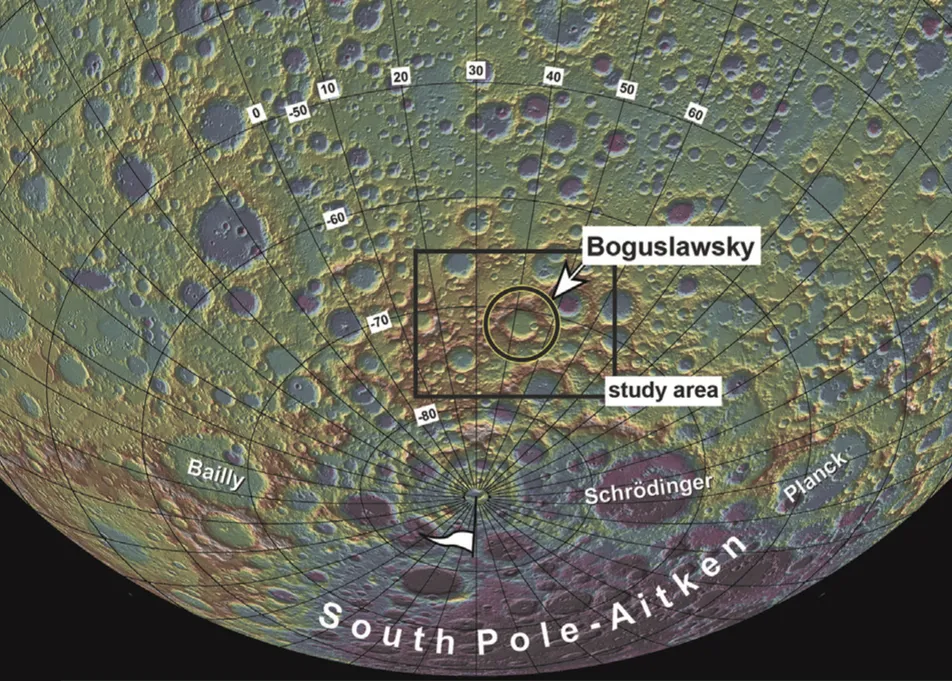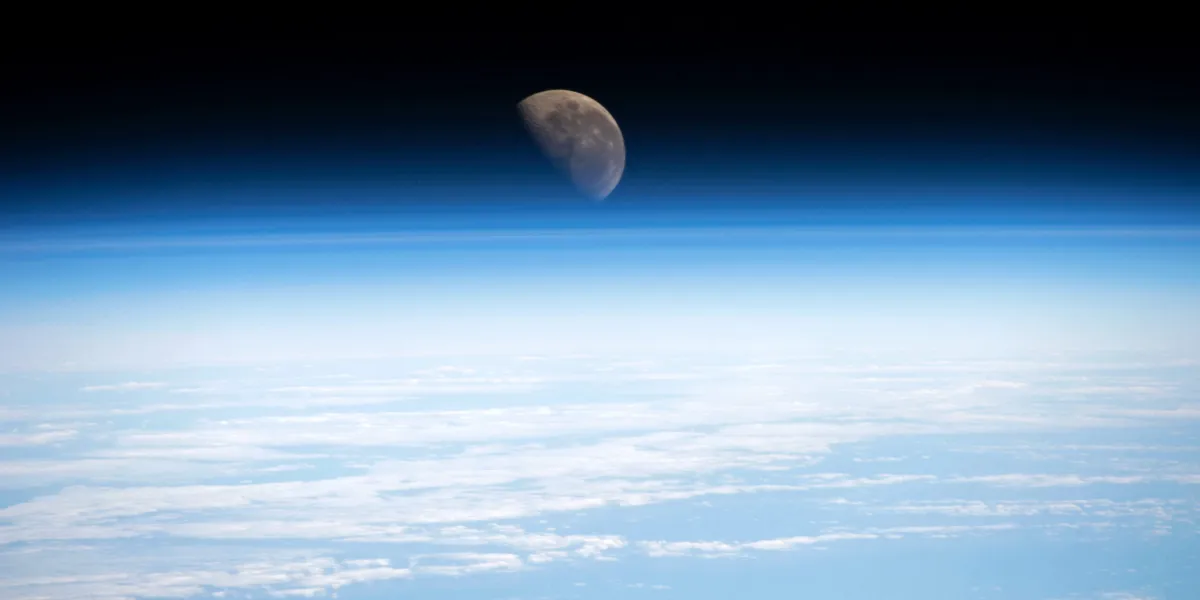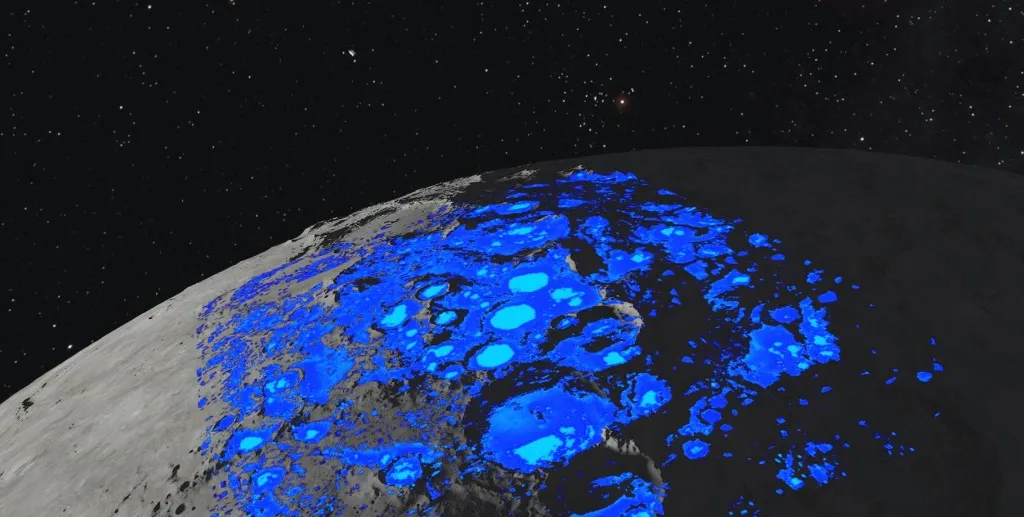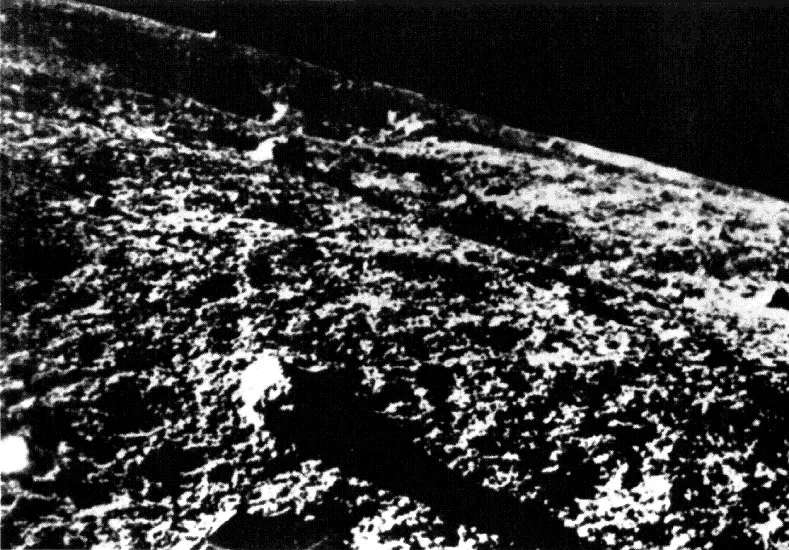Luna 25, Russia’s first Moon mission in almost 50 years, failed when it crashed into the surface of the Moon on 20 August 2023
The spaecraft entered lunar orbit on 16 August 2023 and was due to touch down on the surface of the Moon on 21 August.
The mission from Russian space agency Roscosmos launched from Vostochny Cosmodrome in eastern Russia on 10 August 2023 at 23:10 UTC, entering into lunar orbit six days later.
What was Luna 25?
Luna 25 was a Russian mission to the Moon’s surface that was planned to set down near the Boguslawsky Crater in the lunar south pole on 21 August 2023.

It was expected to operate here for at least a year.
The Luna 25 mission had two primary goals – to study the composition of the lunar soil, known as regolith; and examine the plasma and dust components of the polar exosphere.
The exosphere is the tenuous ‘atmosphere’ around the Moon produced by gases released from the lunar surface, such as radon and helium.
It is incredibly thin, with an atmospheric pressure 25 trillion times less than Earth.

Luna 25's science instruments
Luna 25 was equipped with a 1.6m long Lunar Robotic Arm, which would have been used to collect samples to a depth of 20 to 30cm.
It also had a suite of spectrometers to determine the elements of the soil and atmosphere.
Luna 25 was equipped with ablation laser that would zap the lunar surface, vaporising the rock so the gases given off could be analysed.
It also had a camera for taking both panoramic views of the surrounding area, and close up shots to help with analysing the local terrain.
A prototype navigational camera from ESA was originally meant to accompany the flight but was removed due to European sanctions following the Russian invasion of Ukraine in 2022
Why was Luna 25 heading to the lunar south pole?
Many space agencies have set their sights on the lunar south pole in recent years after India’s Chandrayaan-1 and NASA’s Lunar Reconnaissance Orbiter found evidence of water in on the Moon in this region.

It’s thought that water may be able to persist in the permanently shadowed corners of impact craters.
As water is a valuable resource – both for drinking and converting into rocket fuel – many space agencies are considering the lunar south pole as a possible site for a future permanent lunar base.
Why was it been 50 years since Luna 24?
The Soviet Luna programme ran during the height of the Space Race from 1959 to 1974.
Missions ranged from orbiters and impactors, to soft landing missions and two hugely successful lunar rovers.
There were even three missions which returned samples of the lunar soil to Earth.

However, after the Apollo landings, both the Soviet and US space programme turned their sights away from the Moon, instead concentrating on human spaceflight in low-Earth orbit and robotic exploration on our neighbouring planets such as Venus and Mars.
Since the formation of Roscosmos after the fall of the Soviet Union, there have been several proposed Russian missions to return to the Moon.
Tight budgets curtailed these plans for almost 50 years.
However, with NASA’s Artemis programme and several planned private missions renewing interest in the Moon, a lunar mission finally made its way to the top of the priority list.
The mission was initially named Luna-Glob, meaning lunar sphere.
It was renamed Luna 25 to emphasise that this mission was a continuation of the Luna programme that had remained dormant for almost half a century.

